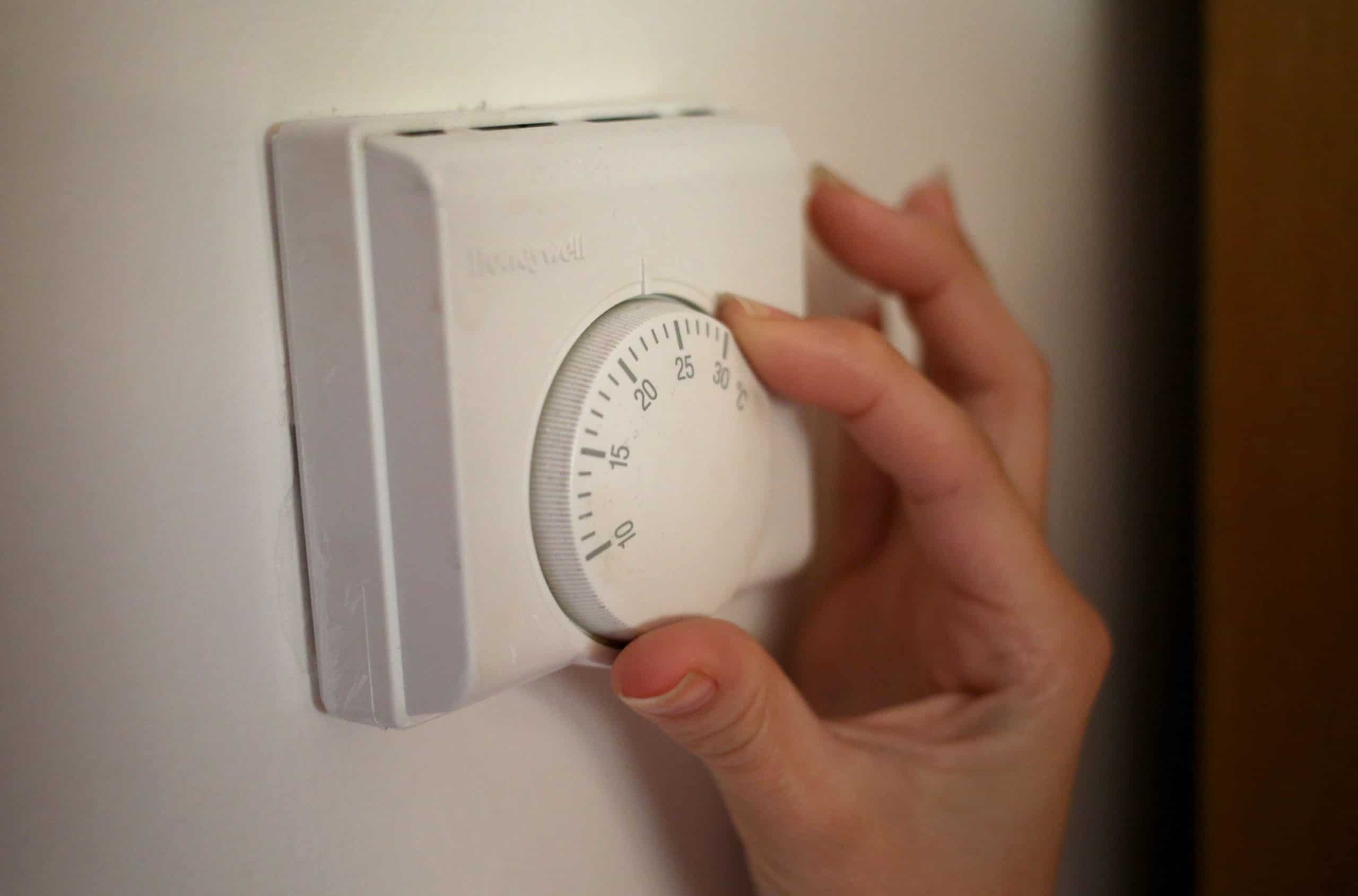
Credit;PA
Energy prices are soaring and we’re all feeling the pinch as everything we buy seem to be rising in price at the moment. We’re keen to beat the price rises and, in this article, we will break down the best ways to improve the energy efficiency of your home without breaking the bank and why now is the perfect time to act.
While there are obvious steps that will save money – turning off lights when you’re not using them and turning appliances off rather than leaving them in standby – we will go beyond those. We’ll break down how you can reduce your energy consumption, even if your actions are already energy efficient.
To do that, you need to make improvements to the fabric of your home. Improving the insulation of the property – keeping the warm air inside and the cold air outside. We’ll cover the cheap hacks that lead to quick improvements, as well as the bigger wins that give you the best bang for your buck and finally how you can fund larger expenses if your savings won’t stretch that far.
How is the energy efficiency of property measured?
The energy efficiency of properties is measured through something called an energy performance certificate, or EPC for short. EPCs rate properties on a sliding scale from A-G, with homes, rates A being the most efficient and G the least. The inspections and certification process are handled through accredited Energy Assessors.
Your EPC rating is directly measured against your property’s CO2 emissions, so any improvements to your EPC rating will mean less energy consumption and lower bills.
EPCs show both the current energy efficiency of a property and a ‘potential’ score. The potential score is the level that the property could reach should the improvements suggested by the Energy Assessor be implemented.
What cheap hacks can improve my energy efficiency?
Cheap hacks can lead to relatively big savings in exchange for little effort. Getting started with these simple fixes alone can lead to a noticeable drop in your energy bills. Here are the main cheap fixes:
What improvements can provide the biggest savings?
While the above improvements can help to drive down waste and represent savings, the biggest savings require a bigger outlay. If big outlays are tricky at the moment, worry not, in the next section, we will break down how you can fund these (and other improvements) without breaking the bank. Here are some of the big wins that can lead to big savings on your bills:
How can I fund improvements that are outside of my budget?
The first step is to look at the government’s Green Deal, which offers support for those looking to make energy-saving improvements to their home. The funding offered is a loan that is repaid through the savings in your energy bills, meaning you will still pay less each month, even though you’re now paying off your green deal loan.
If this scheme doesn’t work for you, or your improvements won’t qualify, you can look at the more traditional methods of financing, such as a remortgage, secured loan or even a bridging loan. Bridging loans are usually appropriate when you’re making other improvements to your property such as extensions or complete refurbishments.
Remortgages and secured loans are generally better options if you’re only making energy efficiency improvements. Both can be used to borrow against the equity in your property, releasing equity to fund your required improvements and will usually cost less than the amount you could save on your bills.